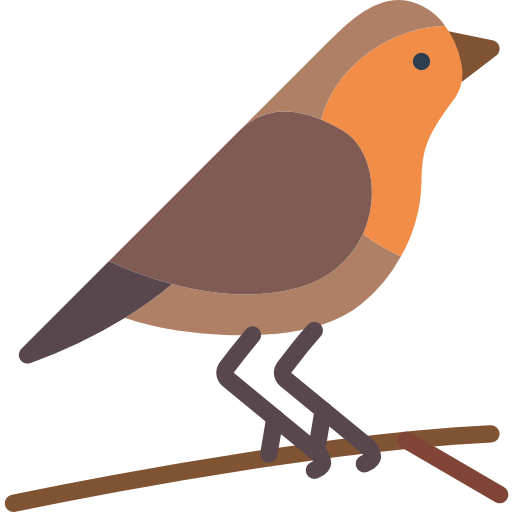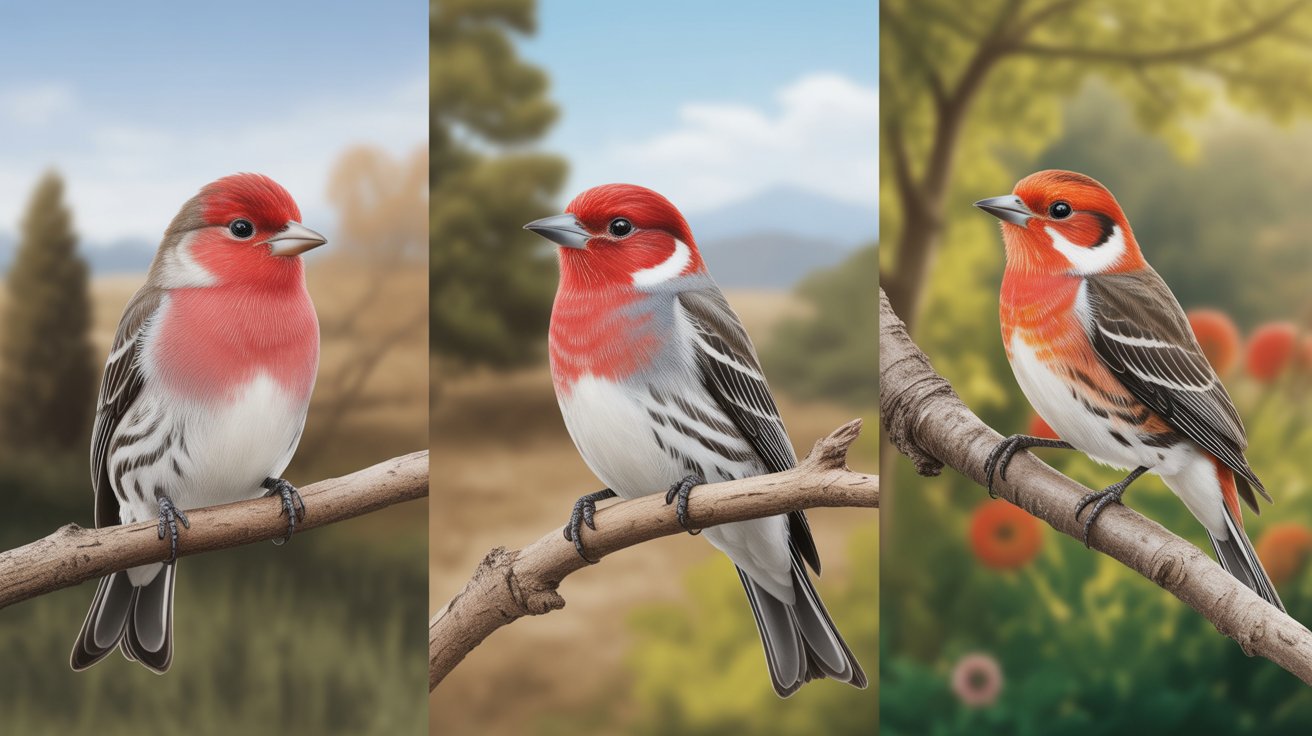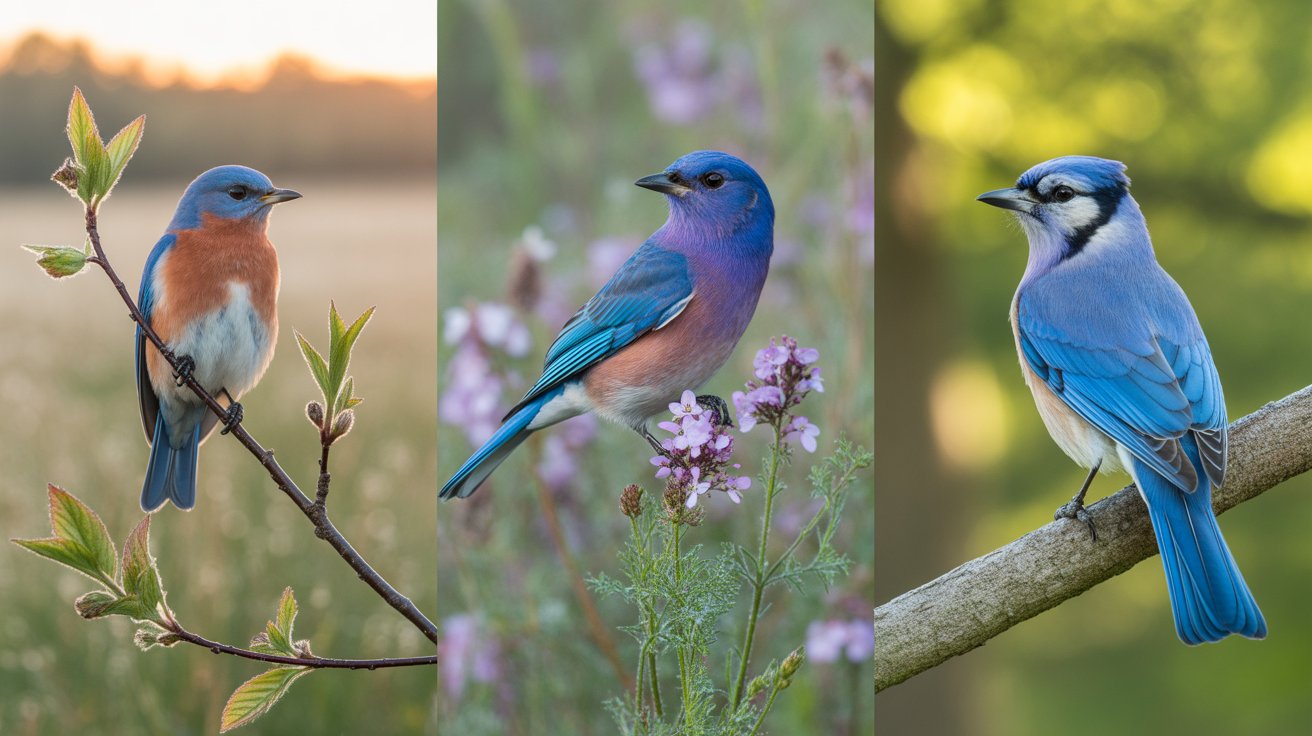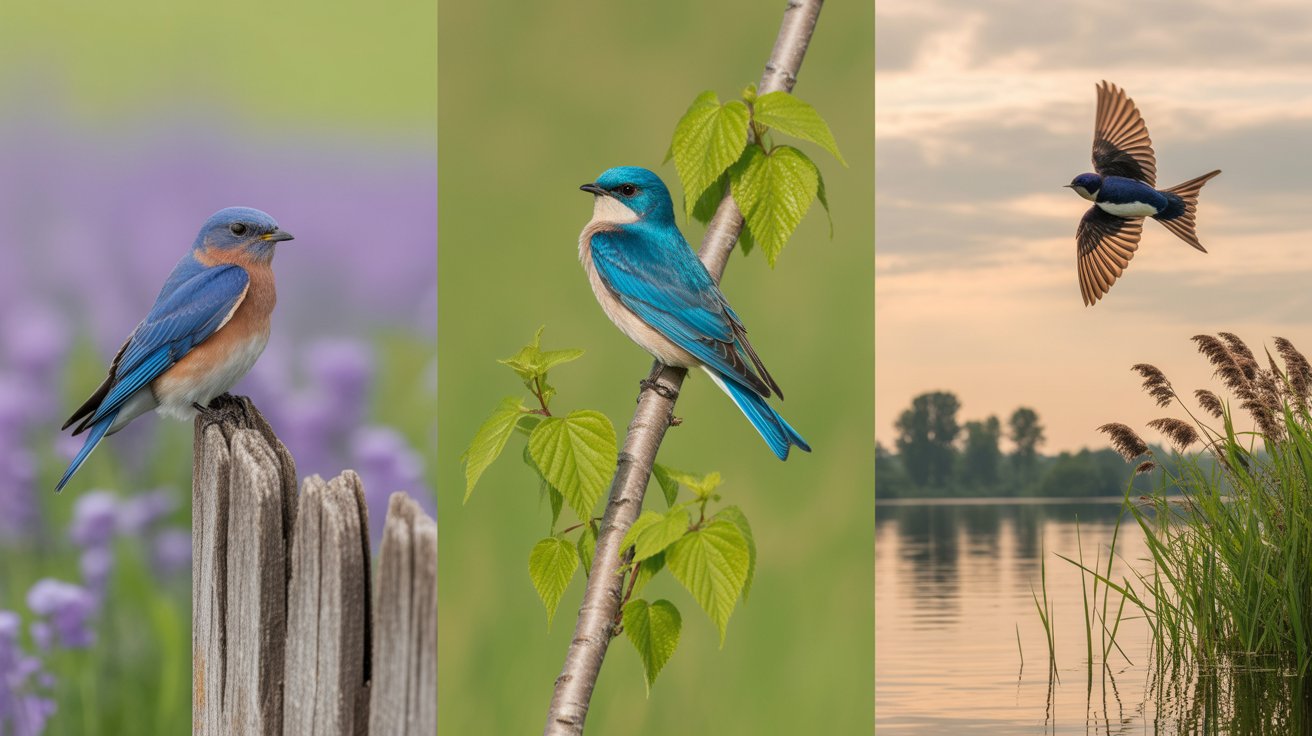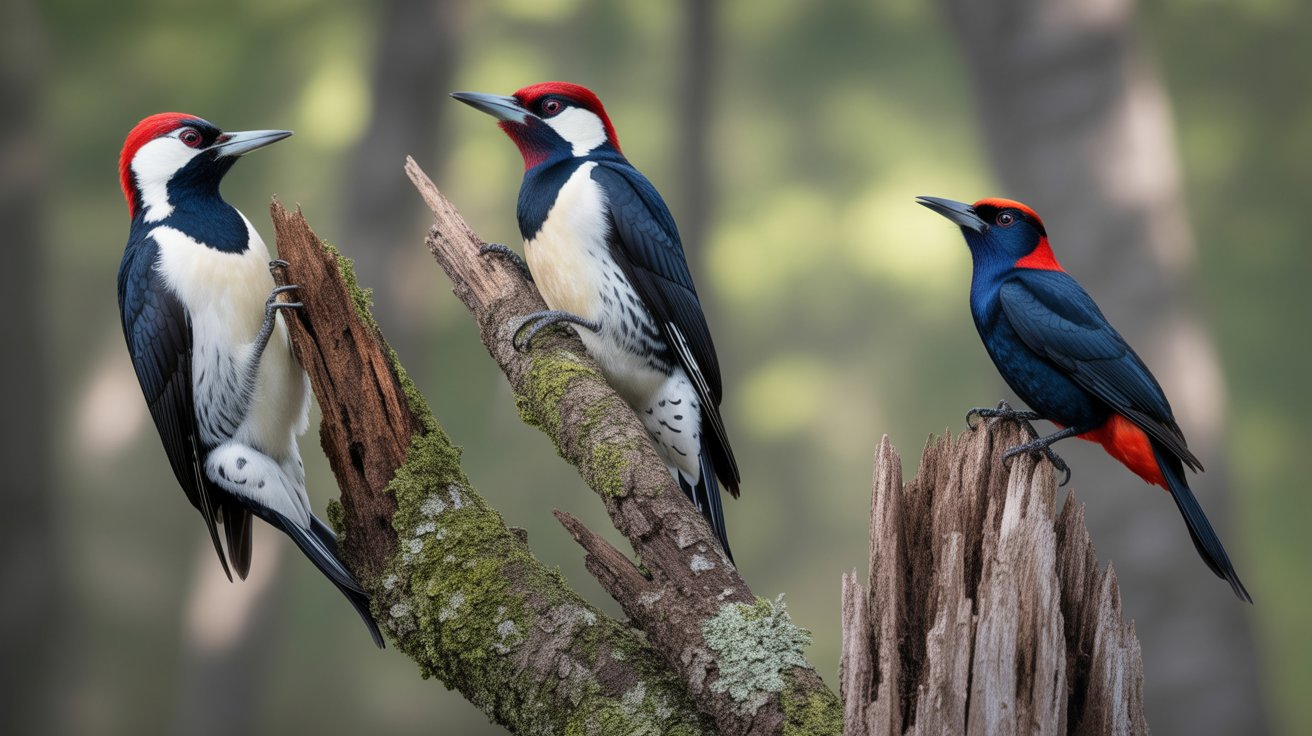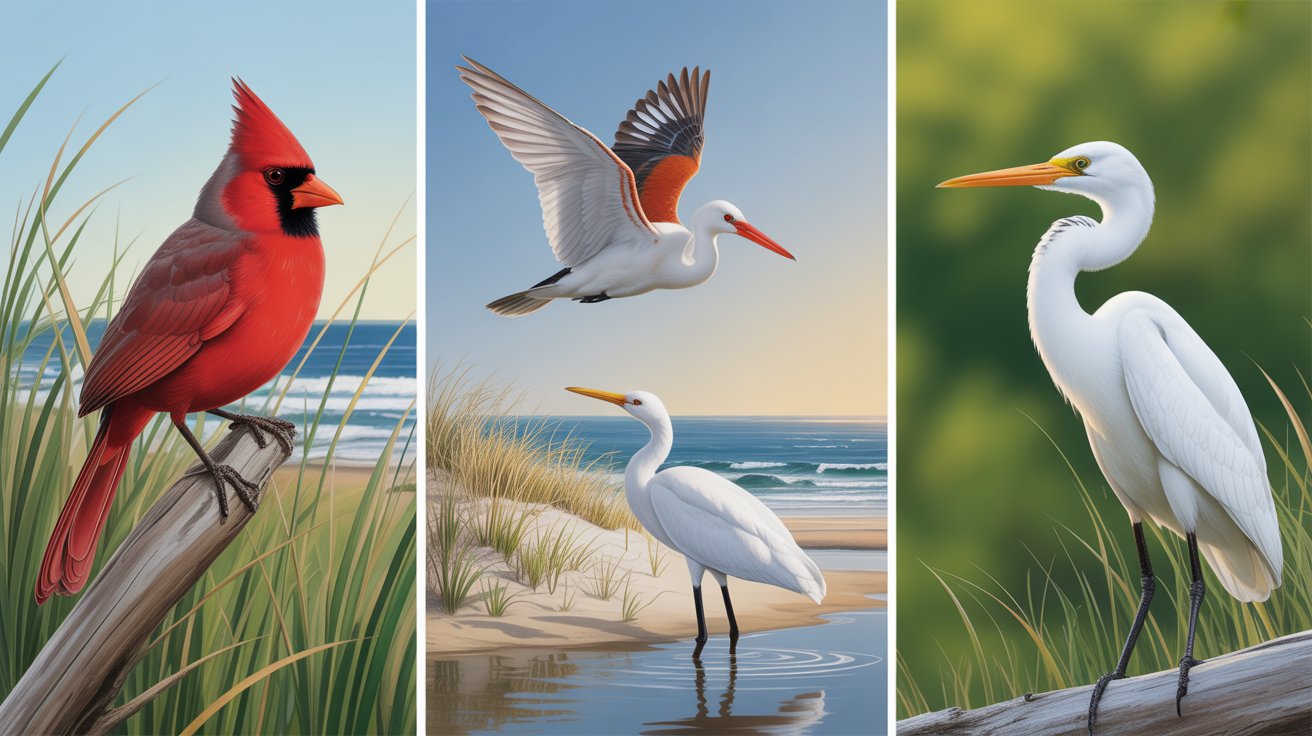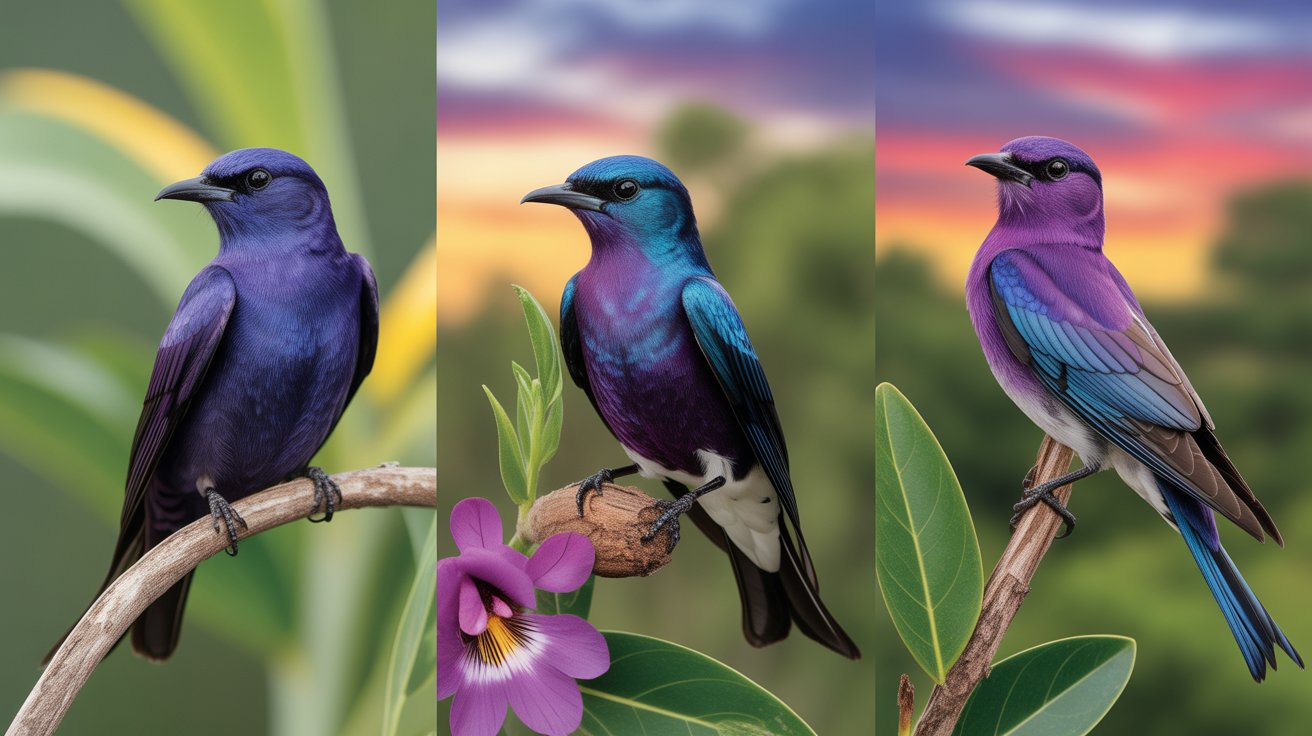If you’ve ever come across a bird that looks like it walked straight out of a prehistoric age, you might’ve seen the Abyssinian Ground Hornbill. This massive bird, with its striking black feathers, bold red face, and dramatic curved beak, is one of the most extraordinary ground-dwelling birds in Africa. Unlike most hornbills, which are often tree-dwellers, this species prefers life on the ground, making it both fascinating and unusual.
You’ll love learning about the Abyssinian Ground Hornbill if you’re curious about unique wildlife, African birds, or simply want to expand your birding knowledge. It’s not just their size that sets them apart—it’s their behavior, territorial habits, booming calls, and unusual parenting style that make them worth watching closely.
In this article, you’ll explore everything you need to know about this incredible species—from its physical features and habitat to its diet, nesting behaviors, and lesser-known facts. Whether you’re a passionate birder, nature lover, or just someone interested in learning something new, this guide is your go-to source on one of Africa’s most captivating birds.
Abyssinian Ground Hornbill: Everything You Need to Know
Scientific Classification
Let’s begin with its formal biological identity:
- Common Name: Abyssinian Ground Hornbill
- Scientific Name: Bucorvus abyssinicus
- Family: Bucorvidae
- Order: Bucerotiformes
- Class: Aves
- Conservation Status: Vulnerable (IUCN Red List)
This bird belongs to the hornbill family but is one of only two ground hornbill species, making it biologically and behaviorally distinct from tree-dwelling hornbills.
Physical Description
Size and Build
The Abyssinian Ground Hornbill is a large bird—truly hard to miss.
- Height: 90 to 110 cm (35 to 43 inches)
- Weight: 3 to 4.5 kg (6.6 to 9.9 lbs)
- Wingspan: Up to 1.8 meters (6 feet)
Its powerful body, long legs, and thick neck give it a commanding presence.
Plumage and Eye Color
Its plumage is entirely jet black, helping it blend into the grassy and shaded parts of its savannah habitat. The feathers are soft but dense, and the wings produce a noticeable sound when the bird takes off.
Their eyes are dark brown, with heavy eyelashes that protect them from dust and sunlight—an adaptation perfect for their arid environment.
Beak and Casque
One of the most defining features is the massive curved beak, which is topped with a casque—a helmet-like structure. While it may look intimidating, this casque plays a role in amplifying the bird’s booming calls.
The male’s facial skin is vivid red, while the female’s skin is a mix of blue and red, particularly around the throat, making it easier to distinguish between the sexes.
Legs and Feet
This bird is equipped with strong, scaly legs that allow it to walk for long distances. Unlike many birds, it prefers walking to flying.
Habitat and Distribution
The Abyssinian Ground Hornbill is native to sub-Saharan Africa, particularly across countries such as:
- Ethiopia
- Sudan
- Kenya
- Uganda
- Chad
- Nigeria
- Cameroon
Preferred Habitat
You’ll often find them in:
- Open savannahs
- Dry woodlands
- Grasslands with scattered trees
- Farmlands and lightly populated rural areas
They avoid densely forested areas and instead prefer terrains where walking and ground foraging are easier.
Behavior
The Abyssinian Ground Hornbill is diurnal and territorial. Its behavior is a mix of quiet dignity and loud announcements.
Social Structure
- Usually seen in pairs or small family groups
- Mated pairs may stay together for life
- Known to defend their territory aggressively from intruders
Communication
Their booming calls can travel for kilometers and are used to:
- Announce territory
- Communicate with mates
- Ward off rivals
They often start their vocalizations early in the morning, making them easy to locate by sound.
Movement
These birds prefer to walk rather than fly. They can travel several kilometers a day in search of food.
Diet
Abyssinian Ground Hornbills are opportunistic carnivores.
What They Eat
- Insects (beetles, termites, grasshoppers)
- Small reptiles (lizards, snakes)
- Amphibians (frogs)
- Small mammals (rodents)
- Occasionally bird eggs or nestlings
They use their powerful beaks to dig through leaf litter or flip stones and branches. They have excellent eyesight, spotting prey from a distance.
Breeding and Nesting
The breeding season usually depends on the region’s rainy season. They reproduce slowly, making conservation efforts critical.
Mating and Nesting
- Monogamous pairs
- Nesting often occurs in tree cavities or hollow baobabs
- Female lays 1 or 2 eggs and stays in the nest
- Male provides food throughout incubation
Incubation and Raising Young
- Incubation lasts around 37 to 41 days
- Only one chick usually survives
- Fledging may take up to 90 days
This slow reproductive rate makes them especially vulnerable to population decline.
Interesting Facts
1. Not All Hornbills Live in Trees
The Abyssinian Ground Hornbill is one of only two species of ground hornbills. Most hornbills nest and live in trees, making this bird quite unique.
2. Lifespan
In the wild, they can live up to 30 years. In captivity, some have lived beyond 40 years.
3. Natural Pest Control
They help manage populations of locusts, beetles, and snakes, making them vital to the ecosystem.
4. Cultural Significance
In many African cultures, they are seen as symbols of wisdom and guardians of the land.
5. Threats and Conservation
Their biggest threats include habitat destruction, hunting, and slow breeding. As a Vulnerable species, they are protected in several African countries, though enforcement remains inconsistent.
FAQs
1. Are Abyssinian Ground Hornbills endangered?
They are currently listed as Vulnerable by the IUCN due to habitat loss and low reproductive rates.
2. Can Abyssinian Ground Hornbills fly?
Yes, they can fly, but they prefer to walk. They only take flight when necessary.
3. What’s the difference between male and female Abyssinian Ground Hornbills?
Males have all-red facial skin, while females display a mix of red and blue around the throat area.
4. Where can I see Abyssinian Ground Hornbills in the wild?
They are most commonly spotted in Ethiopia, Sudan, Kenya, and parts of West and Central Africa.
5. Why do they have long eyelashes?
Their long lashes protect their eyes from dust and debris, especially useful in their dry and windy habitats.
Conclusion
The Abyssinian Ground Hornbill is not just a bird—it’s a walking marvel of evolution. Its bold presence, unique behavior, and deep cultural ties make it a standout in Africa’s rich biodiversity. If you’re passionate about birds, this species offers a fascinating glimpse into the life of ground-dwelling avians. Its long strides, booming voice, and fierce loyalty to its mate all reflect a bird that is both ancient and adaptive.
But with threats looming over its habitat and survival, it’s more important than ever to raise awareness and support conservation efforts. The more you learn about birds like the Abyssinian Ground Hornbill, the more you’ll realize how connected all life forms are—and how vital each one is to the balance of nature. Keep your curiosity alive, and who knows? Maybe one day you’ll spot this majestic bird in the wild, striding boldly across the African savannah.
